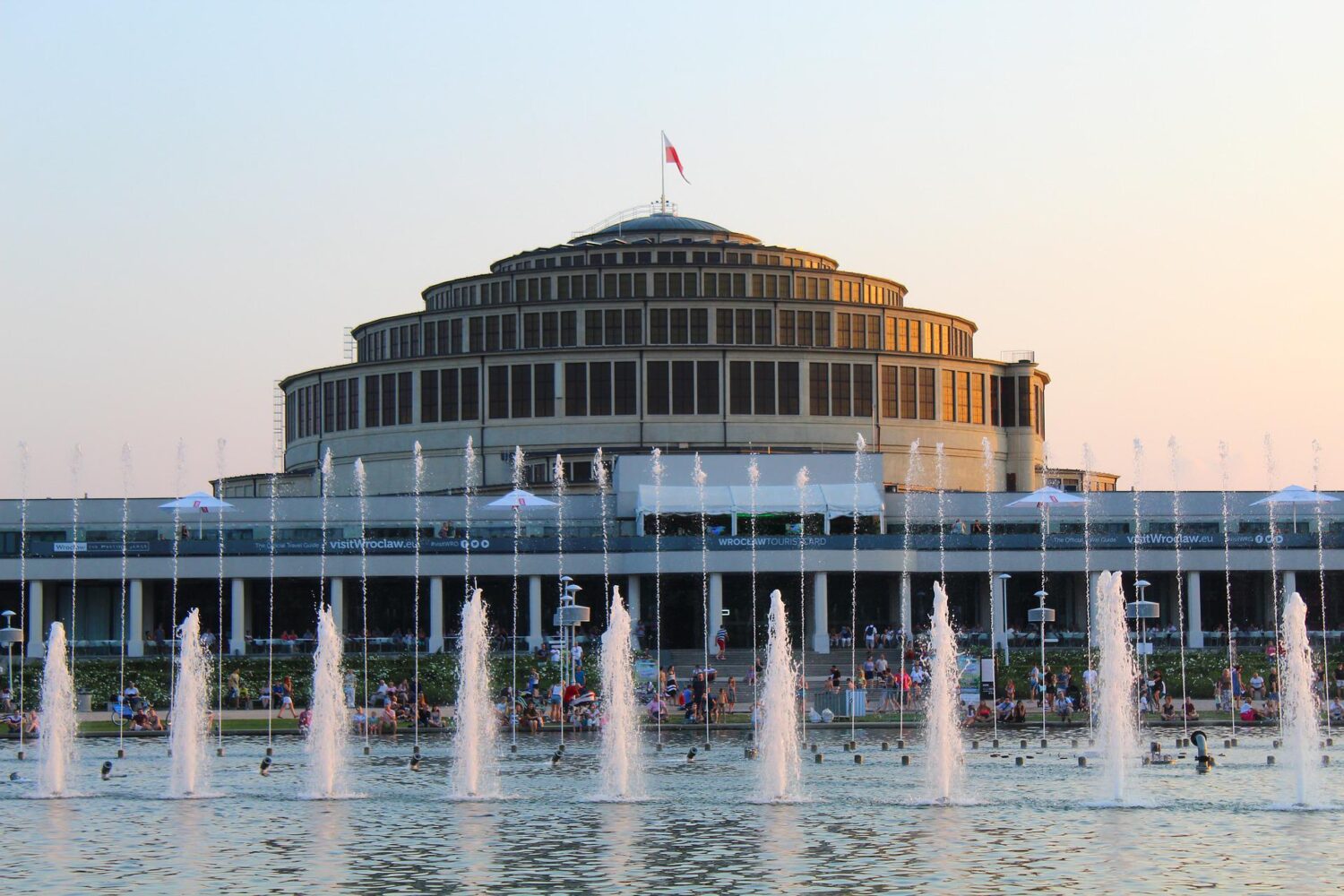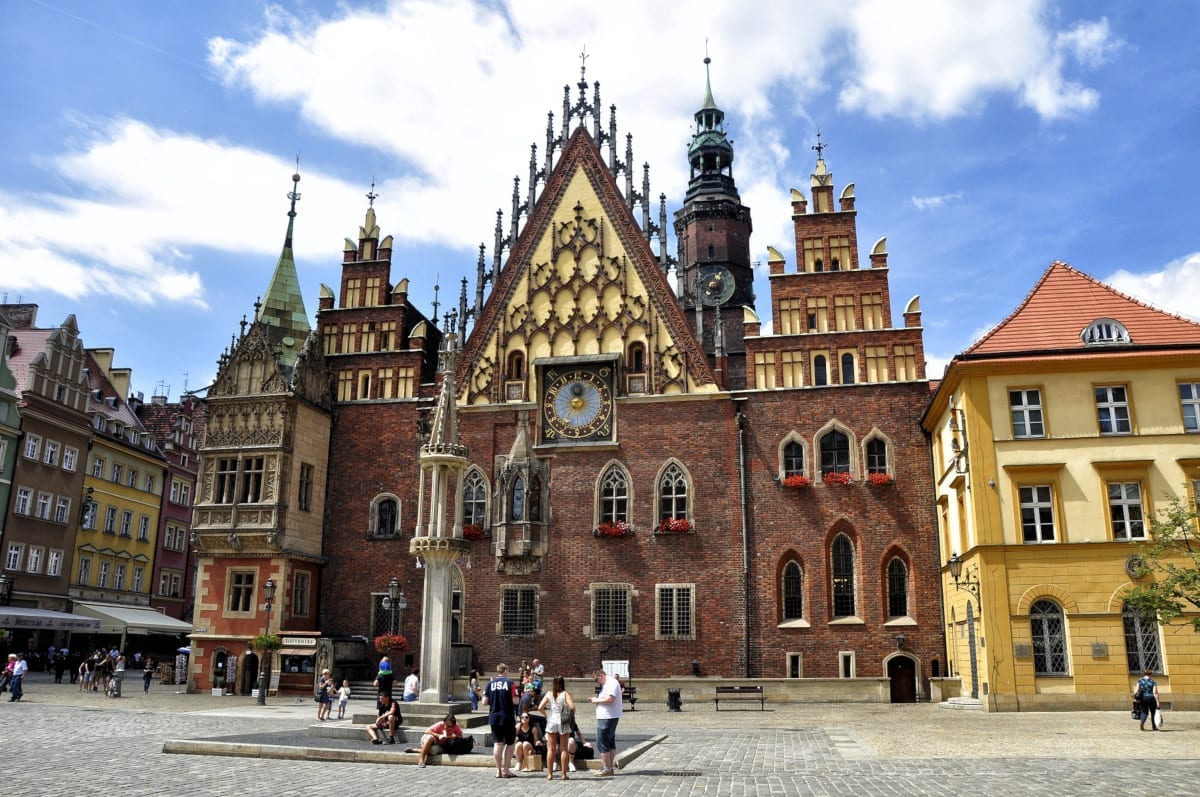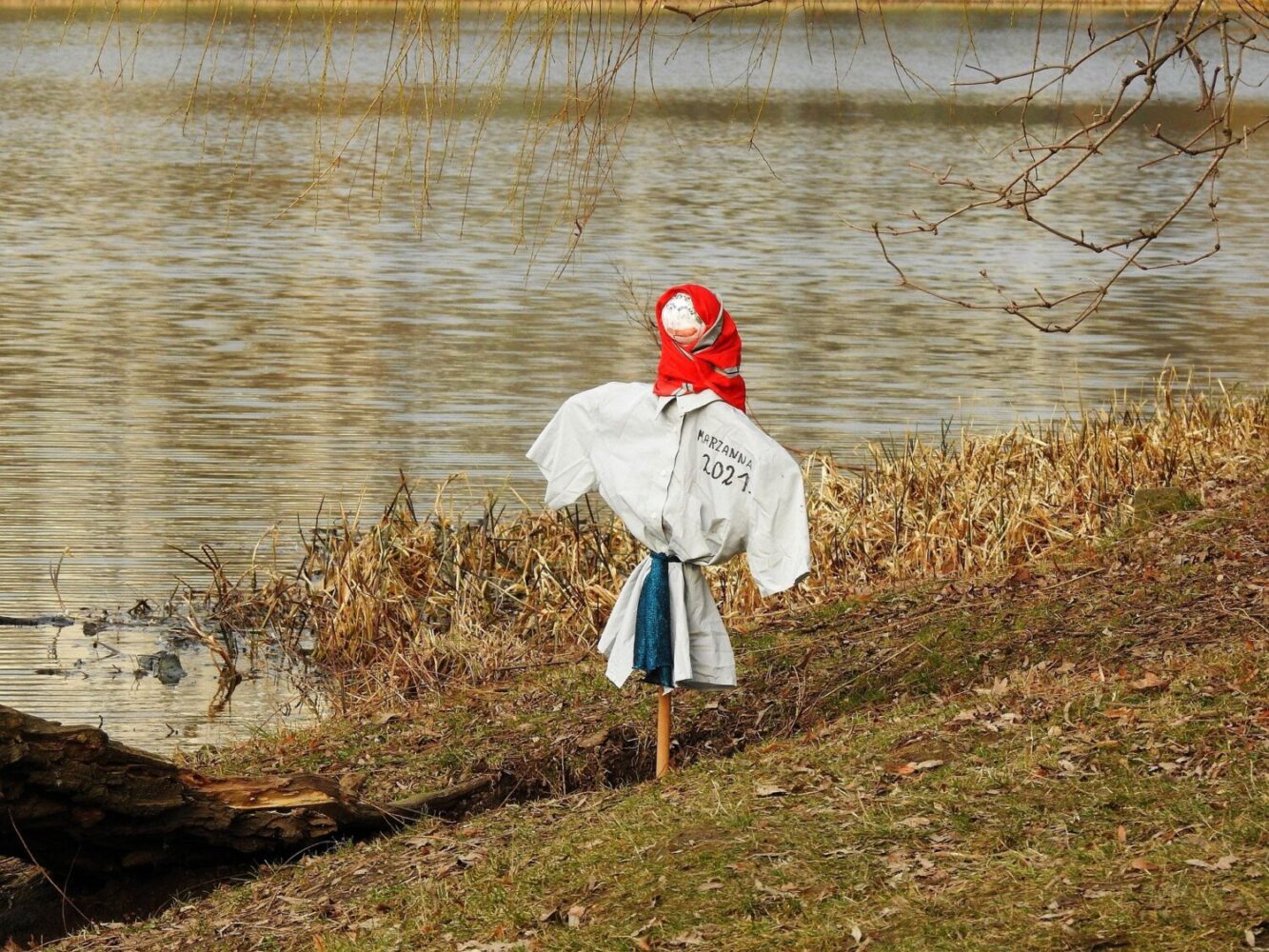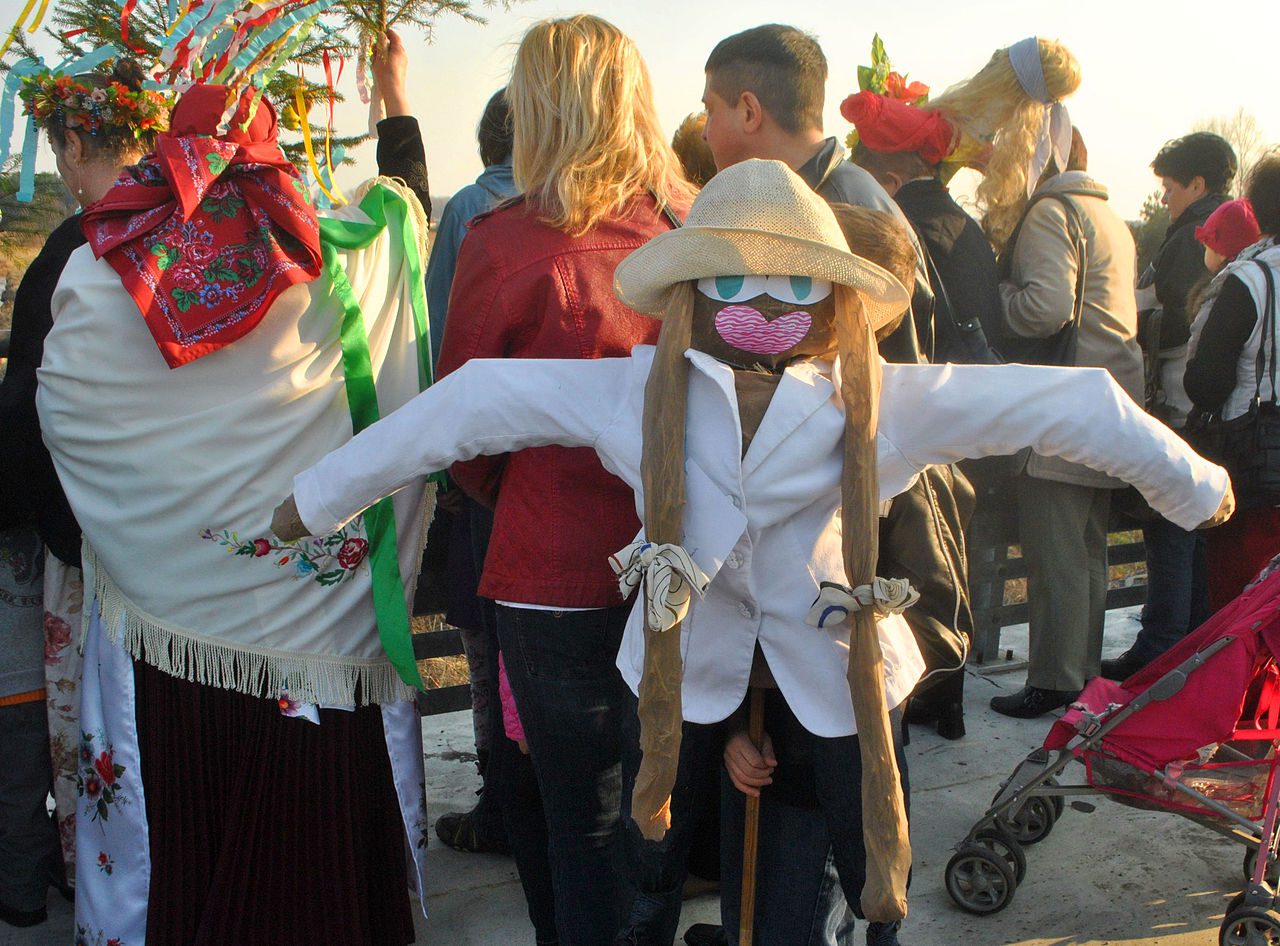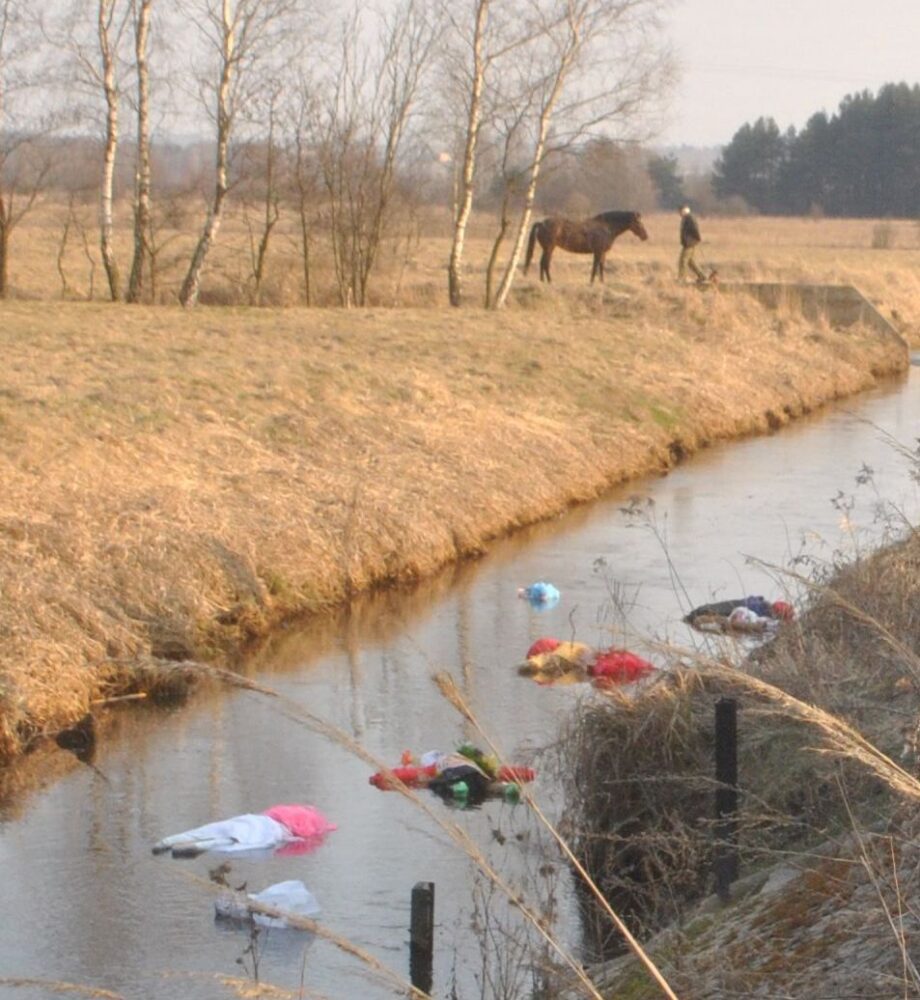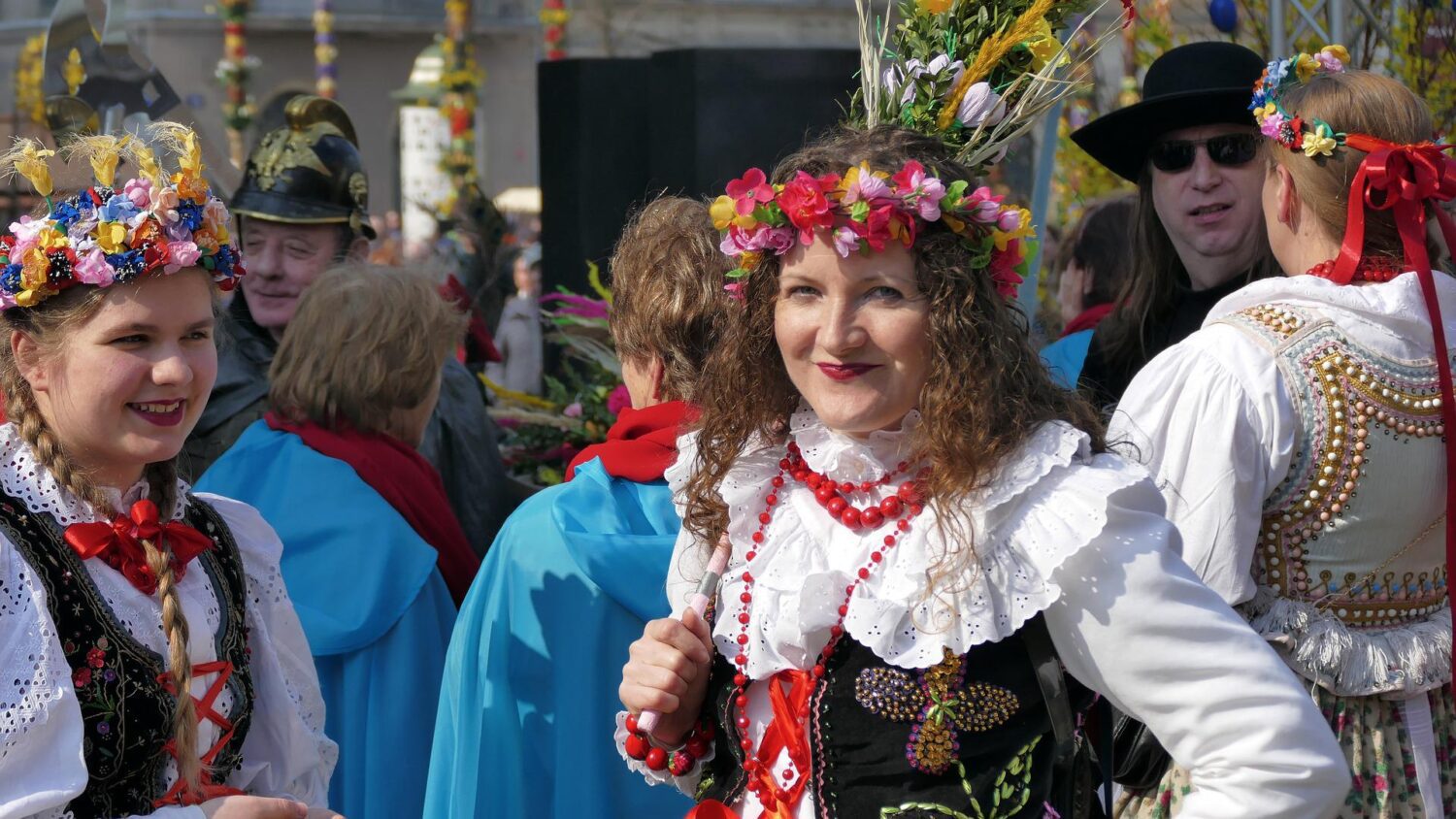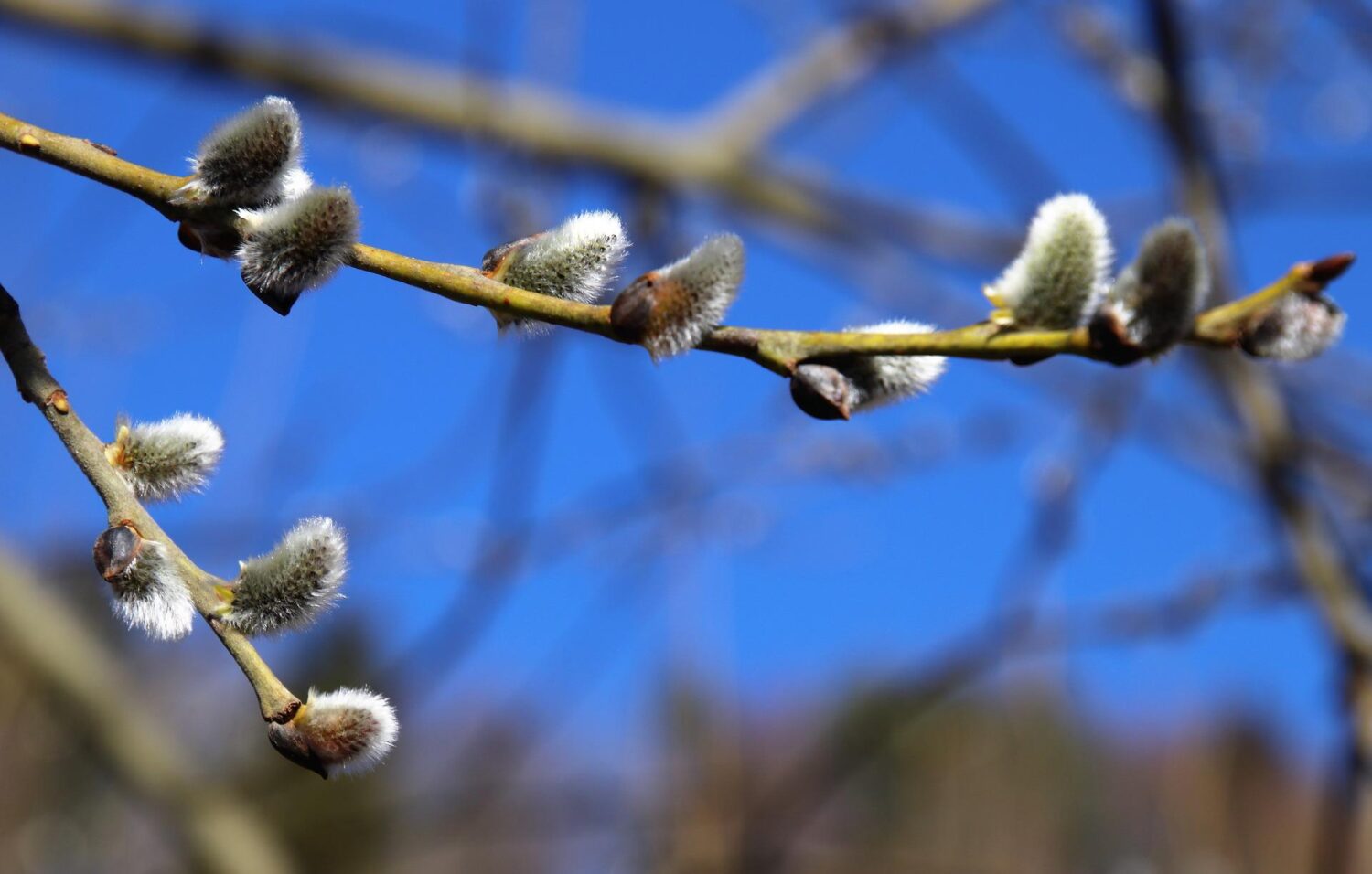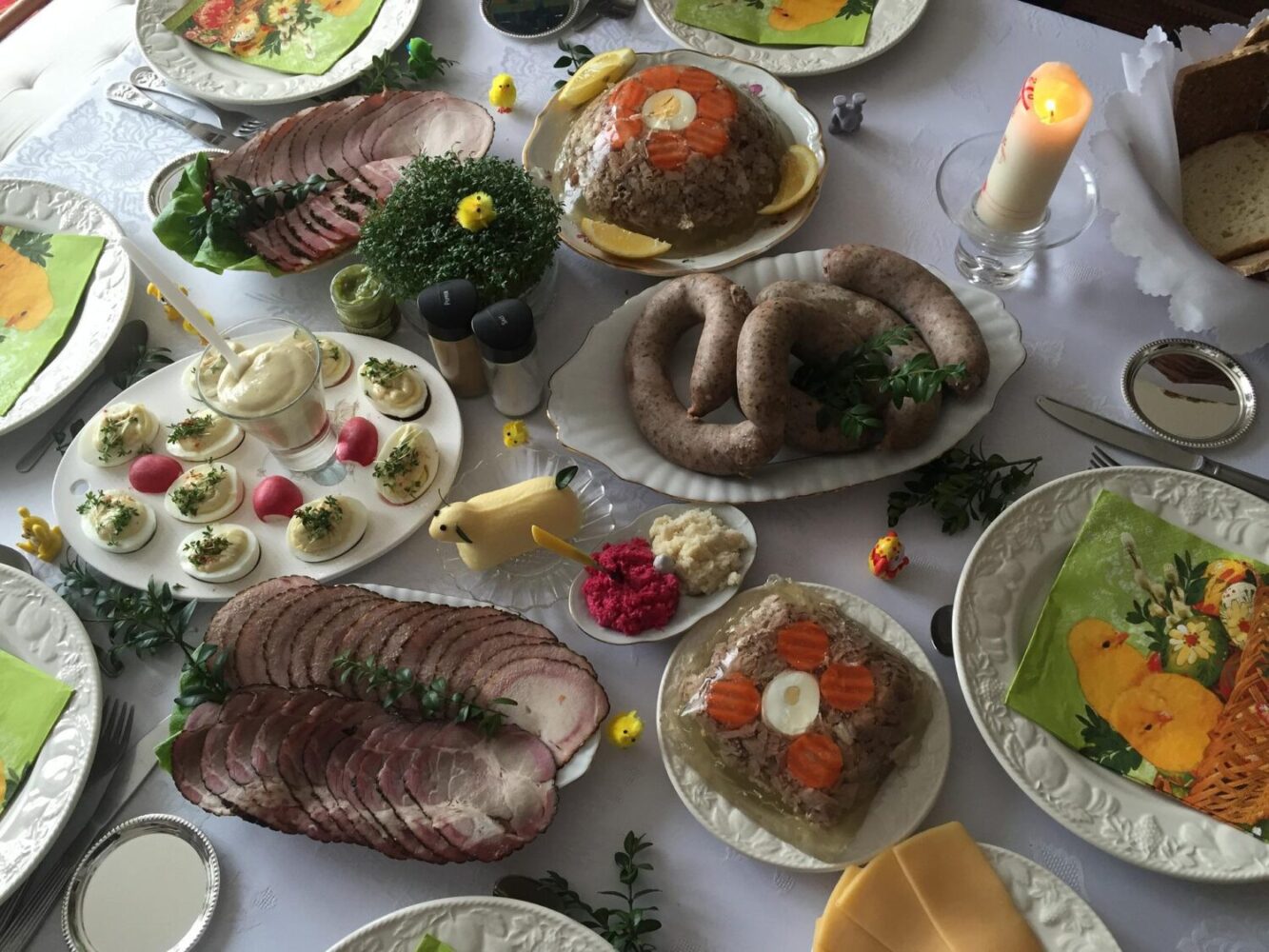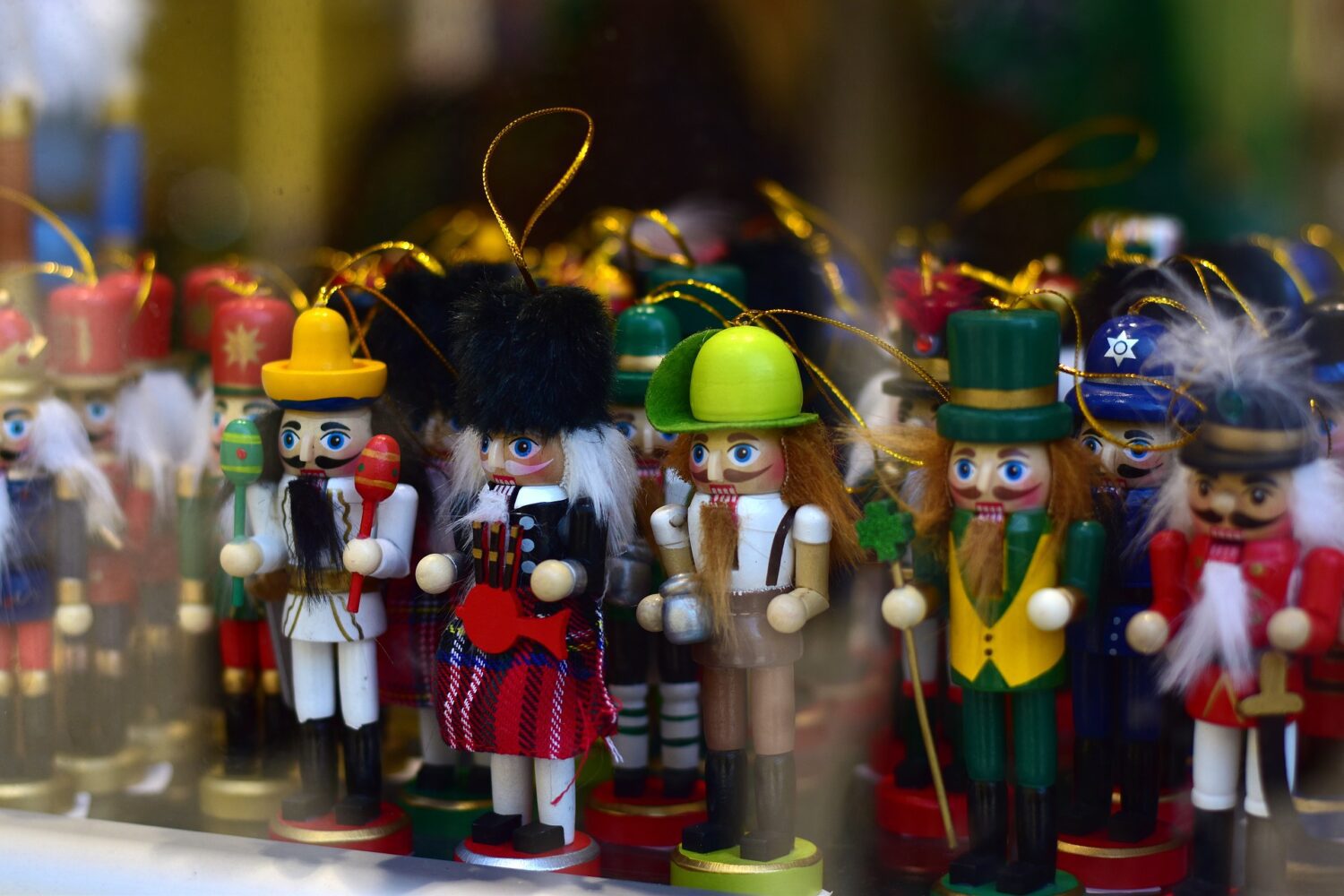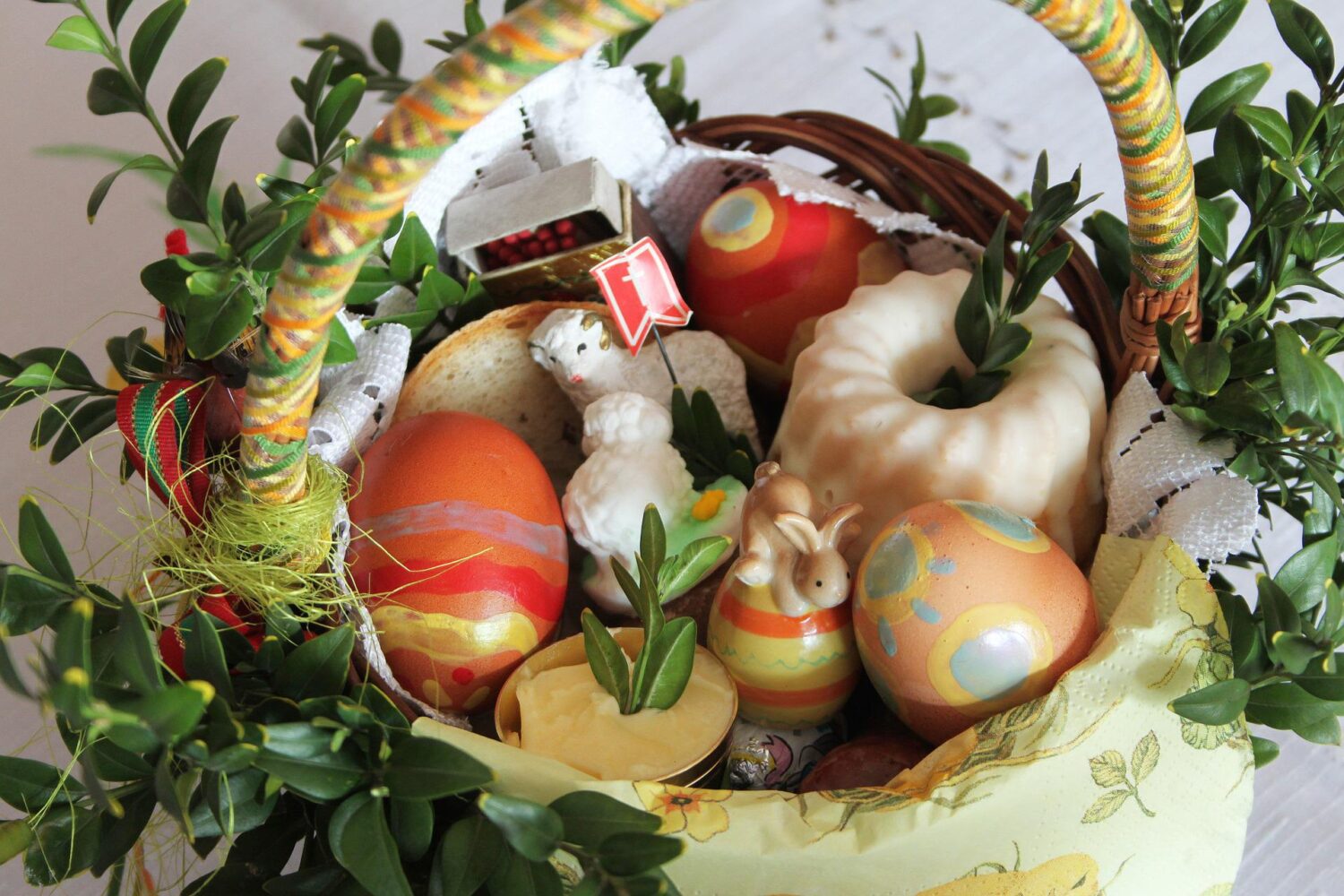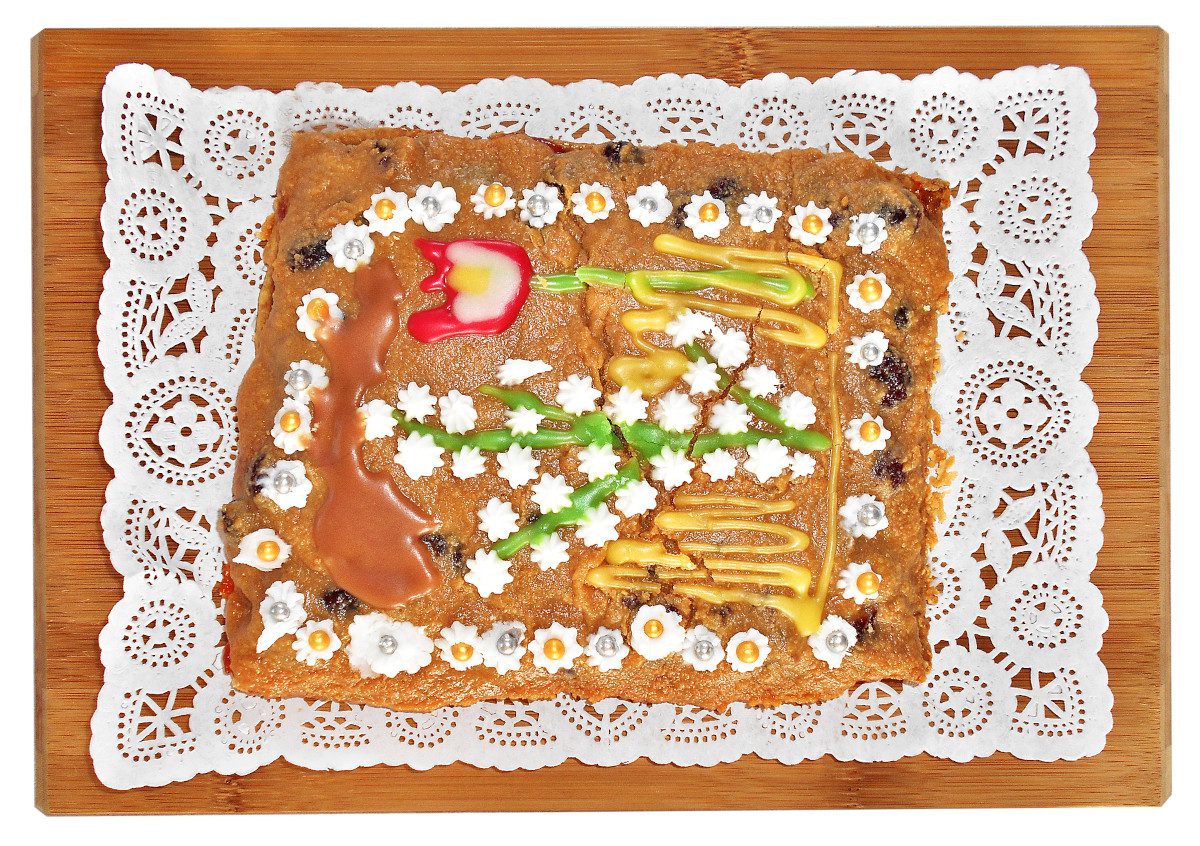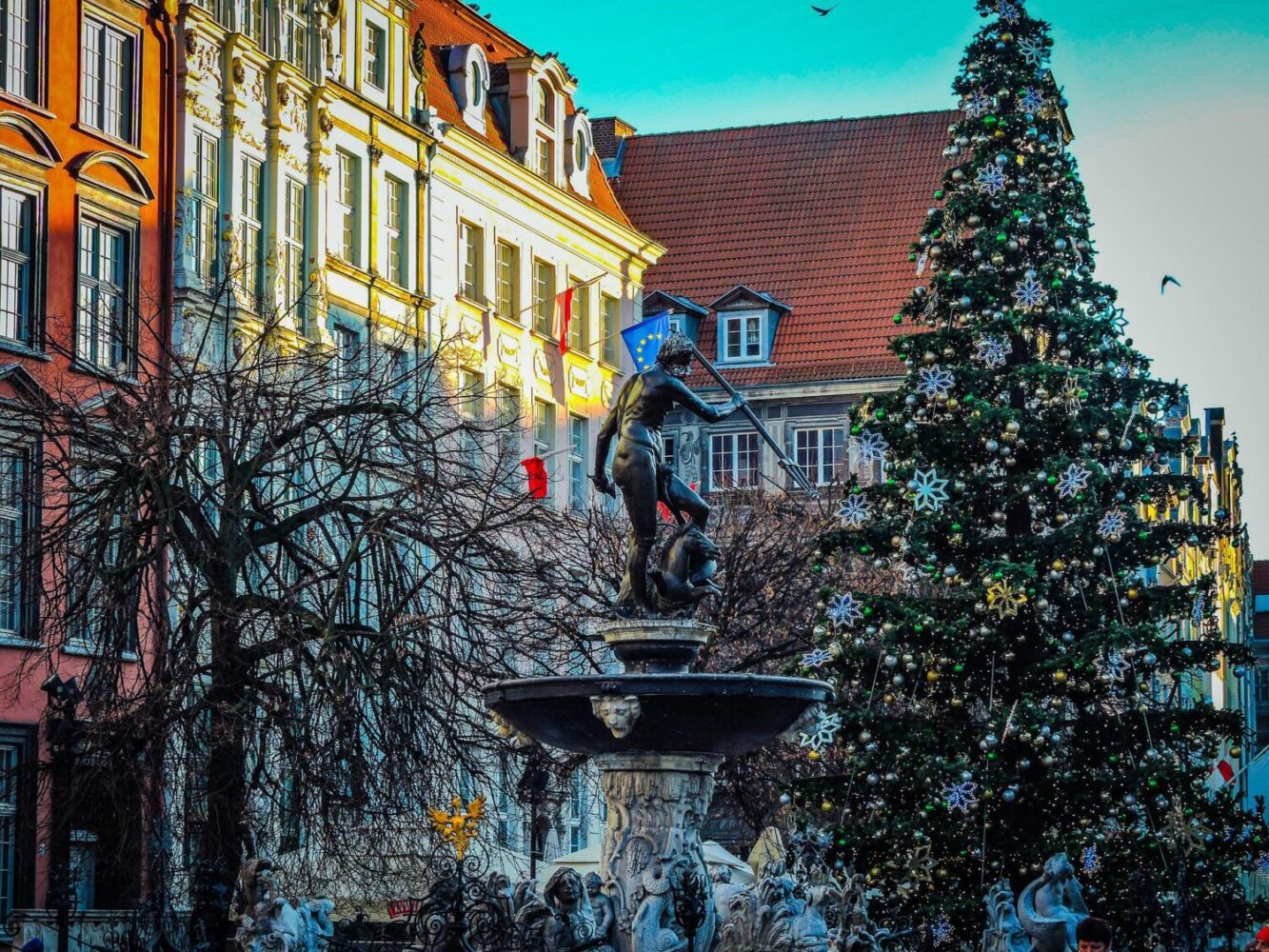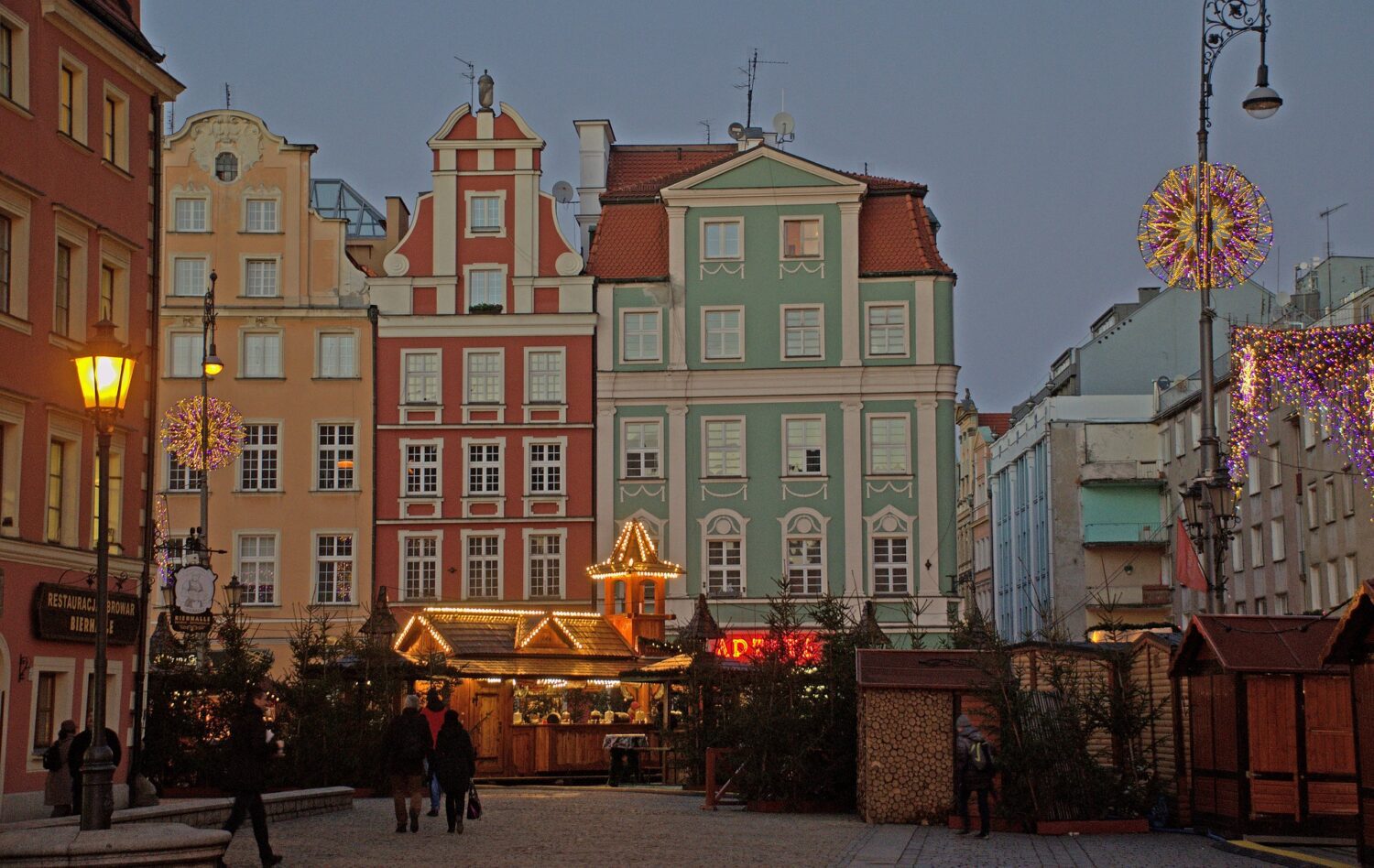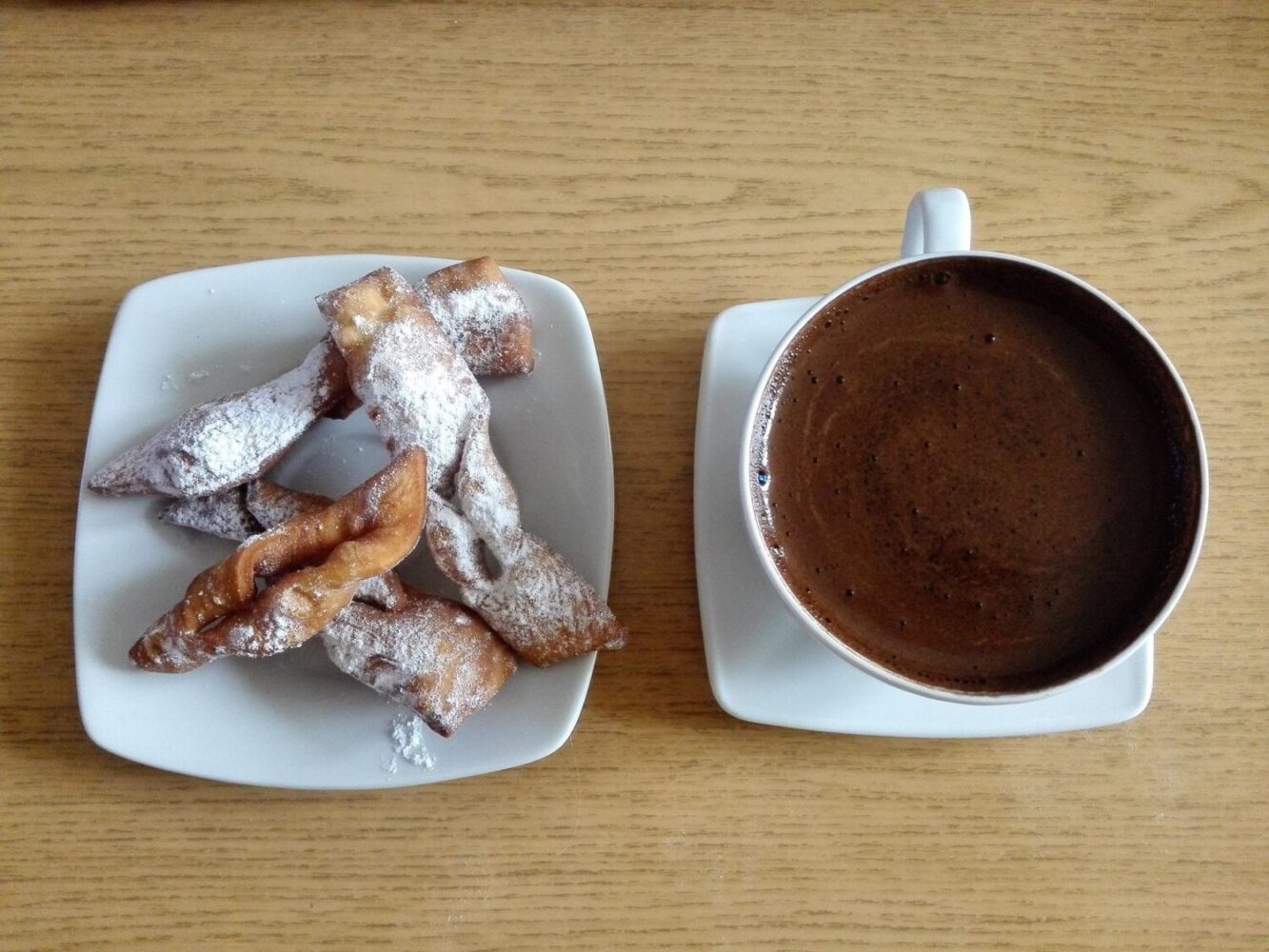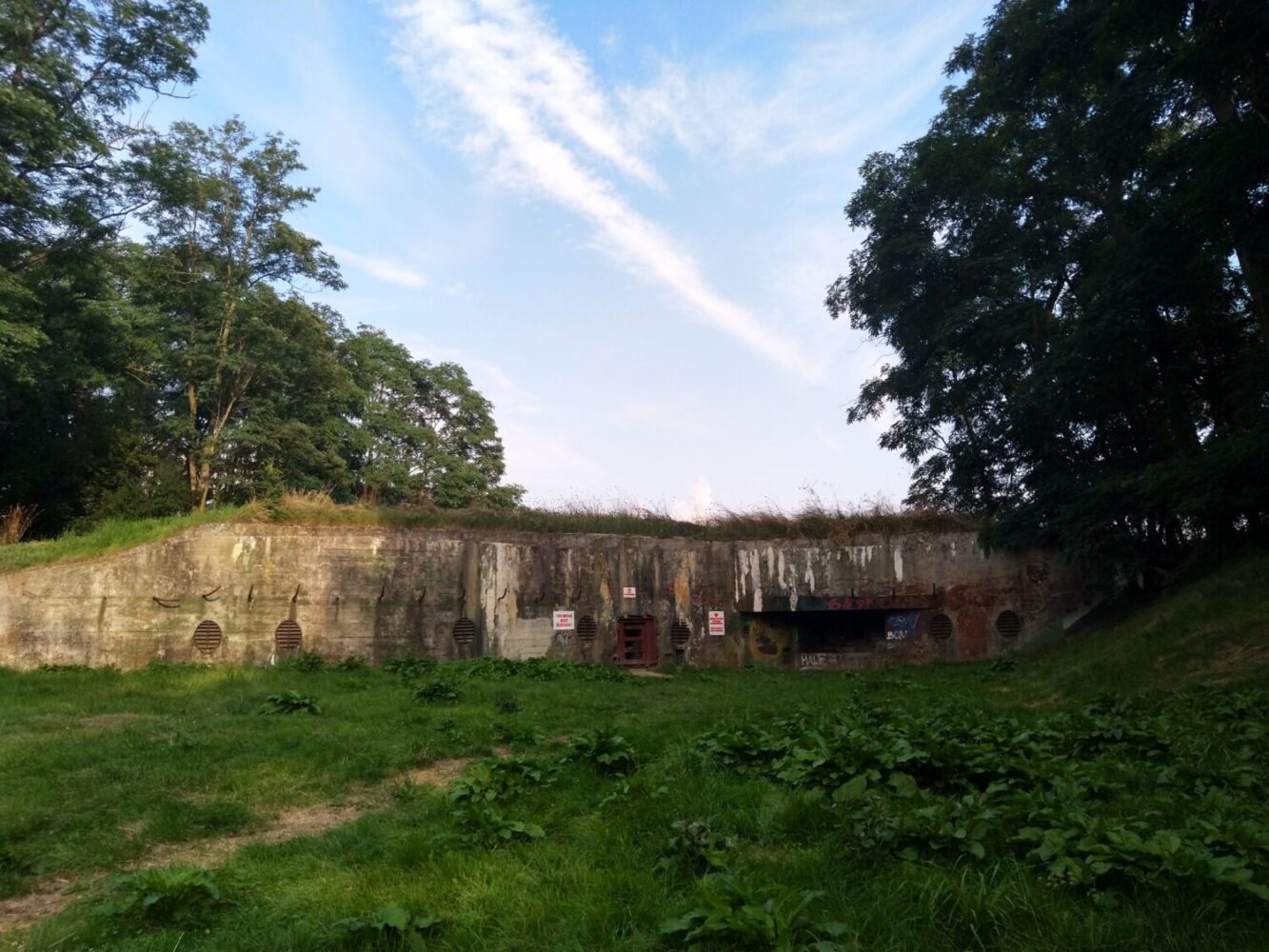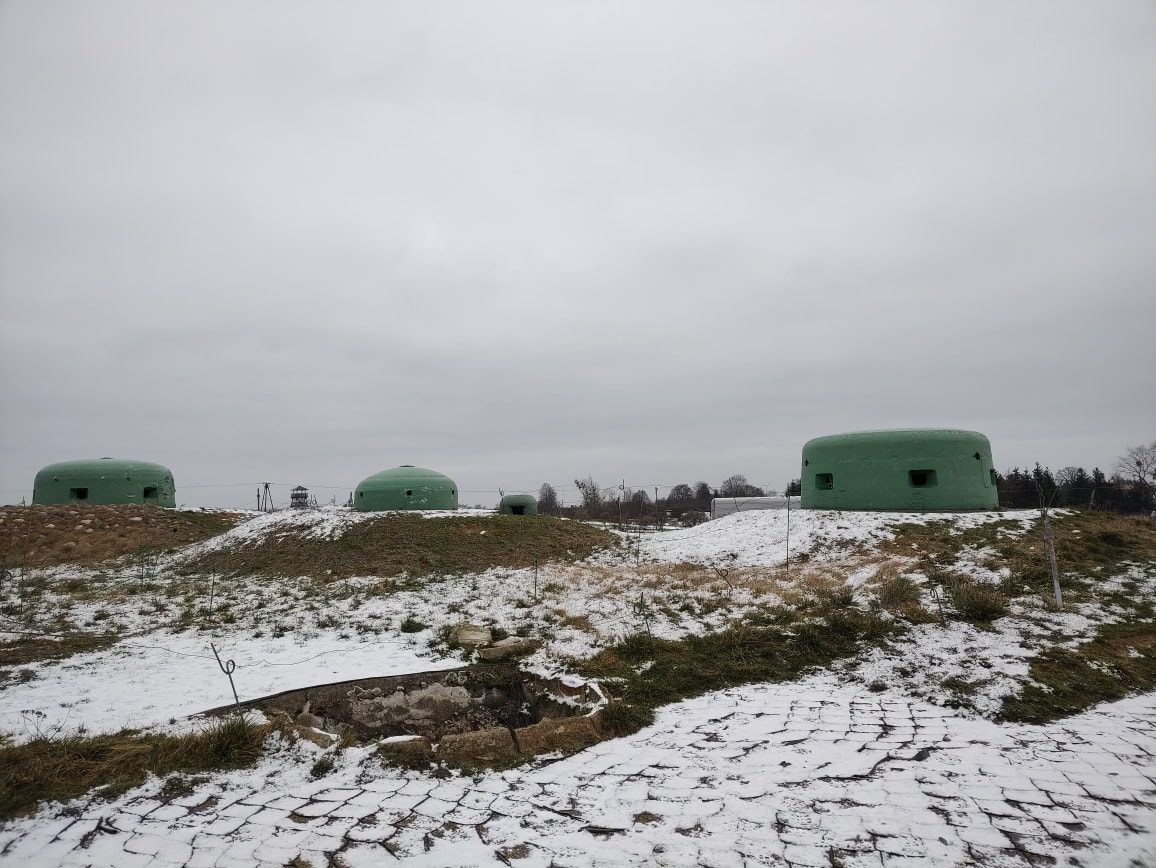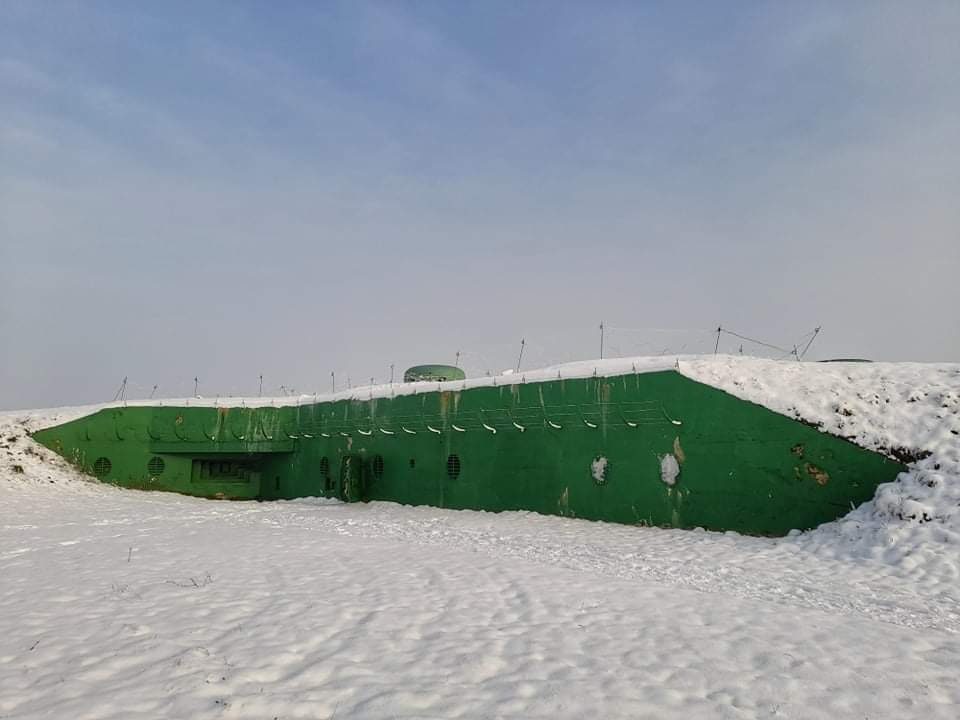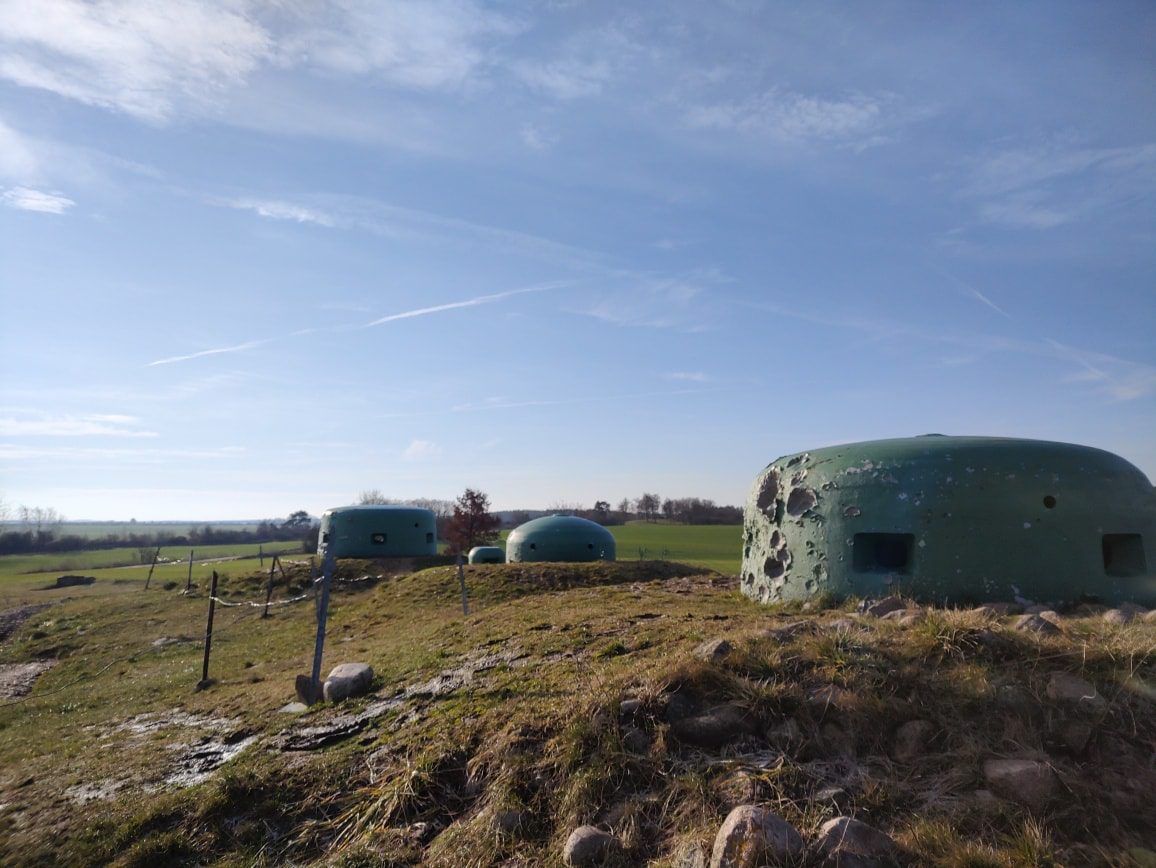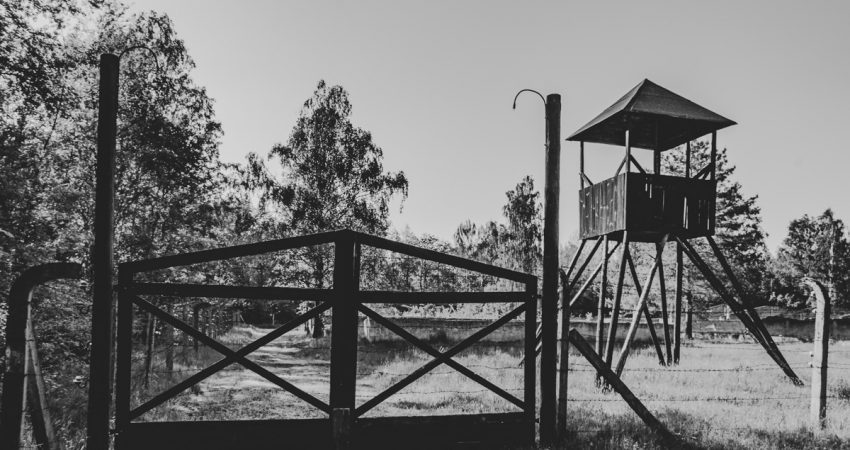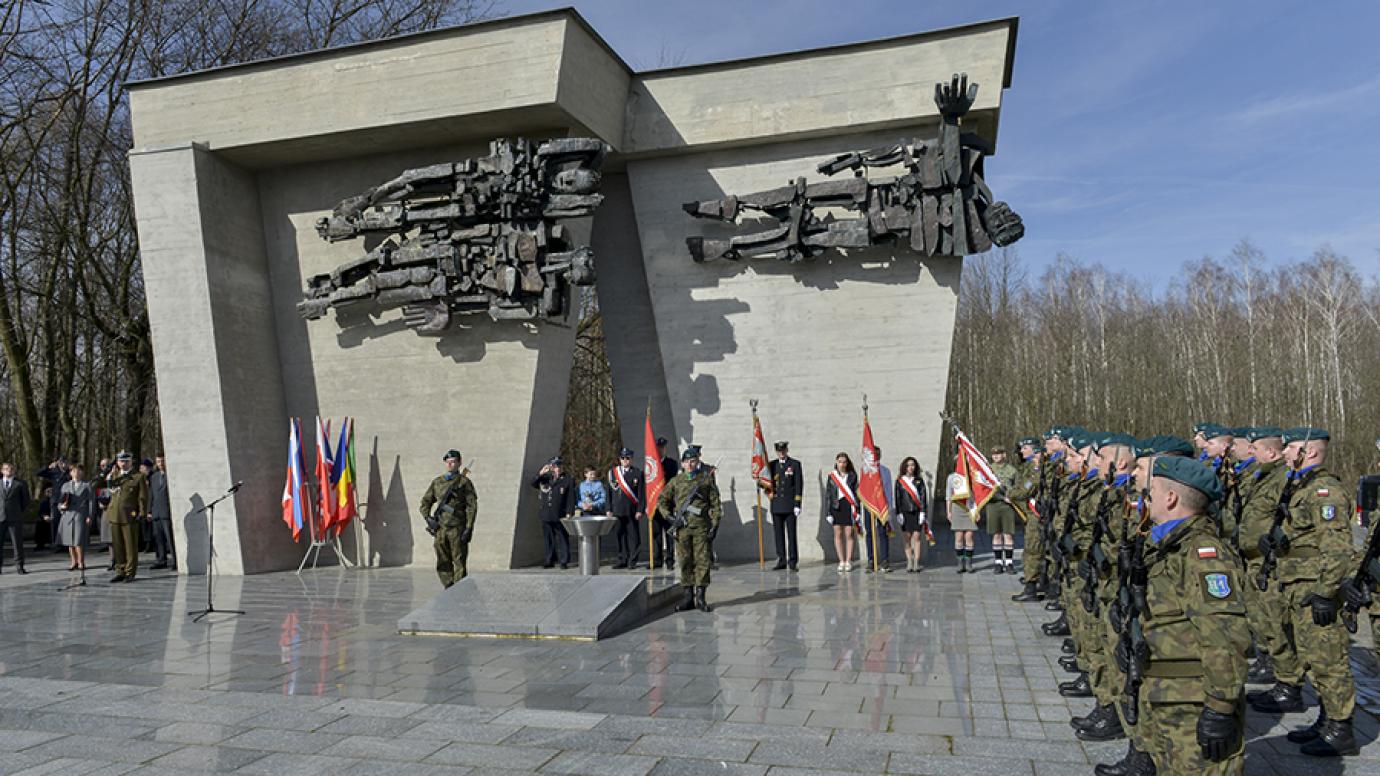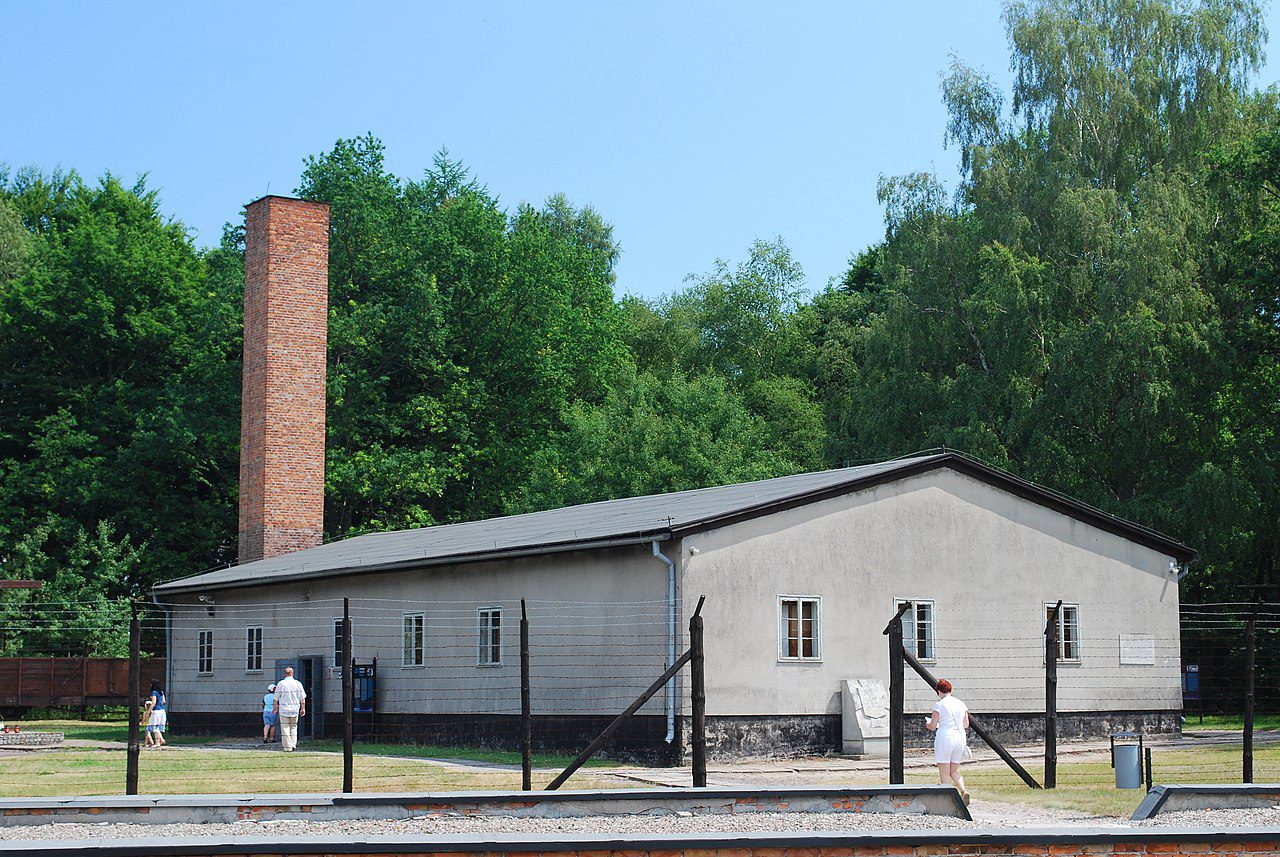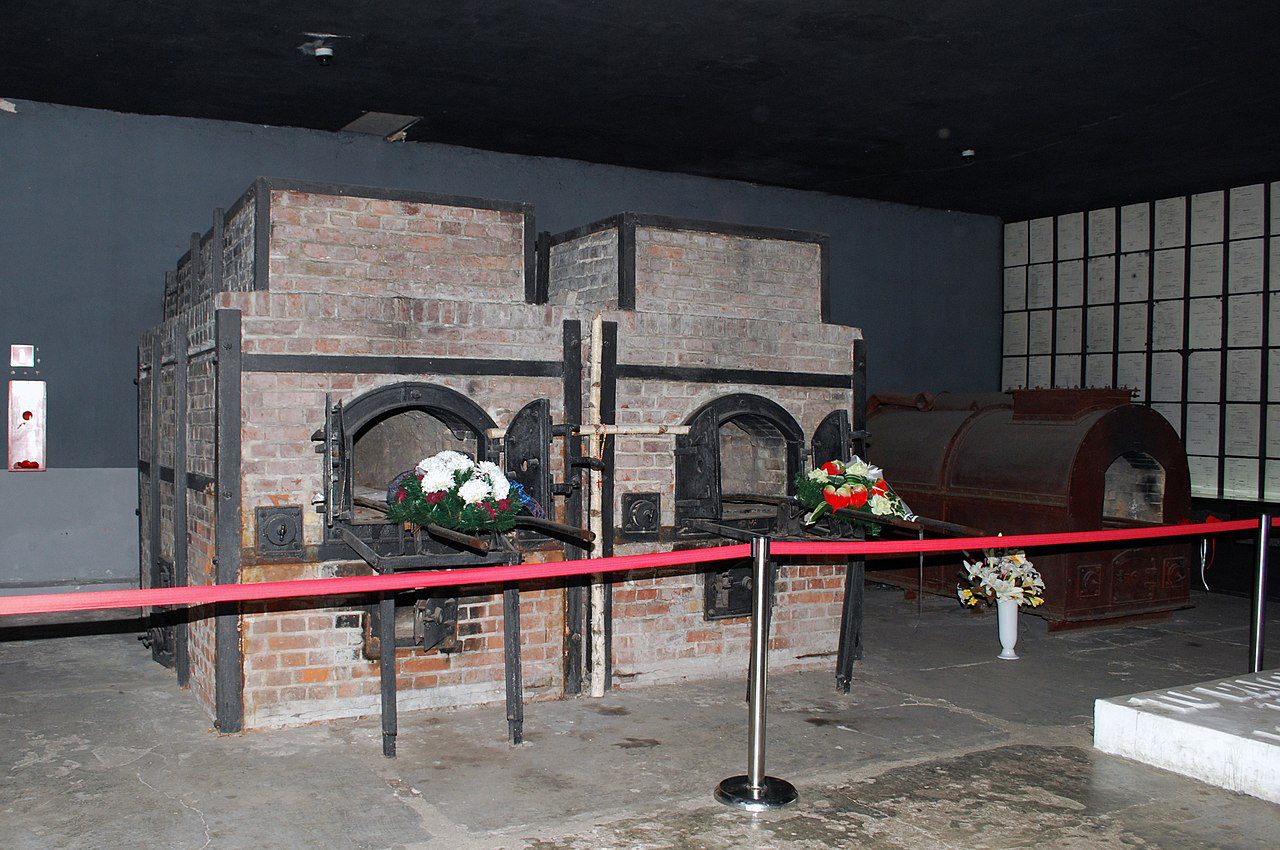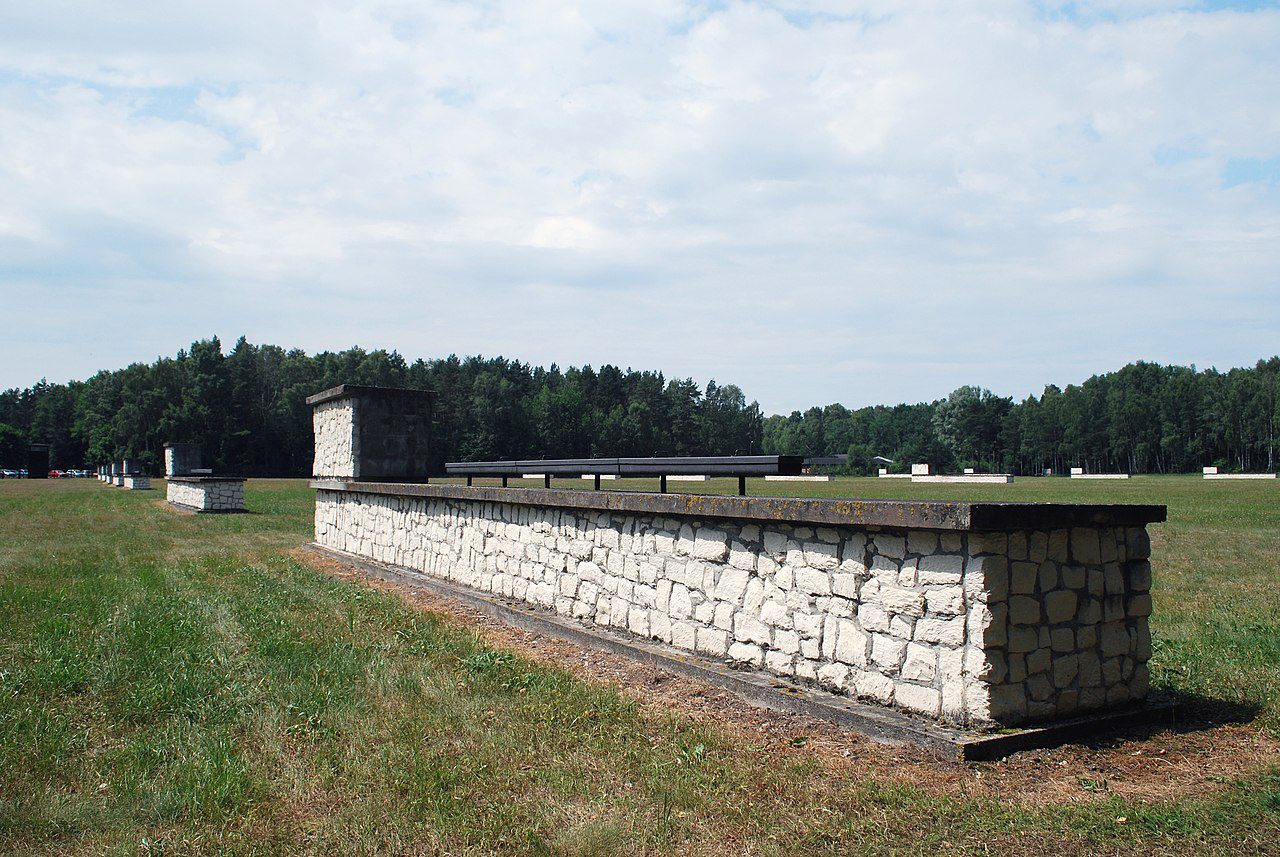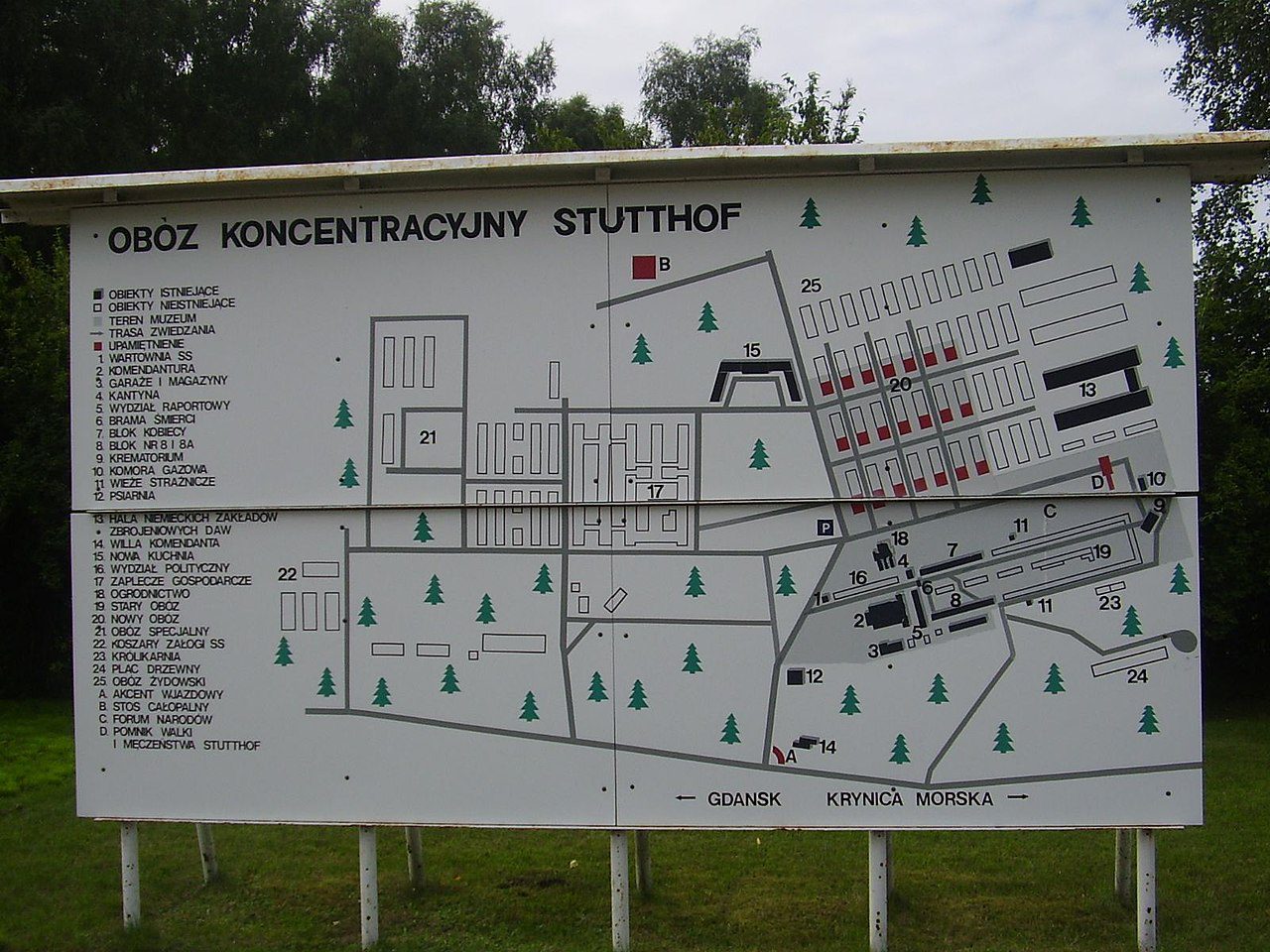Churches Of Peace in Jawor and Swidnica
Churches Of Peace
Churches Of Peace – updated 10 January 2023.
The Churches of Peace in Jawor and Swidnica, were built in the former Silesia in the mid-17th century. They were named after the Peace of Westphalia, which was the name given to two peace treaties signed in October 1648 that resulted in the end of the Thirty Years War bringing peace to the Holy Roman Empire and closing a calamitous period of European history that killed approximately eight million people.
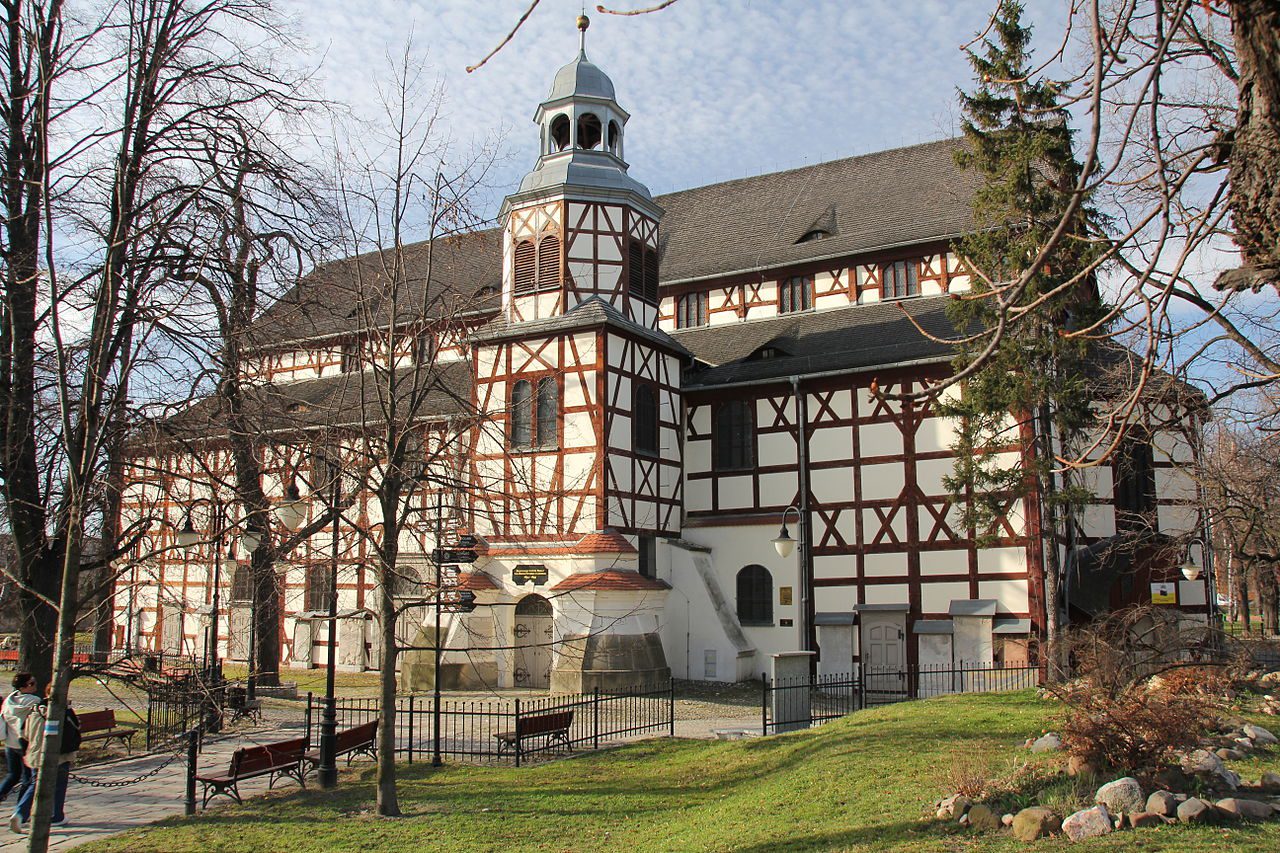
The peace treaties effectively eradicated the Evangelical Church in the region depriving the Evangelical majority of the population any religious freedom and all of their churches.
After diplomatic intervention by Sweden, permission was granted to build three churches outside the city walls; however, this permission came with strict physical and political constraints. The Lutherans of Silesia were allowed to build three churches from wood, clay and straw without steeples and church bells with a construction deadline of just one year.
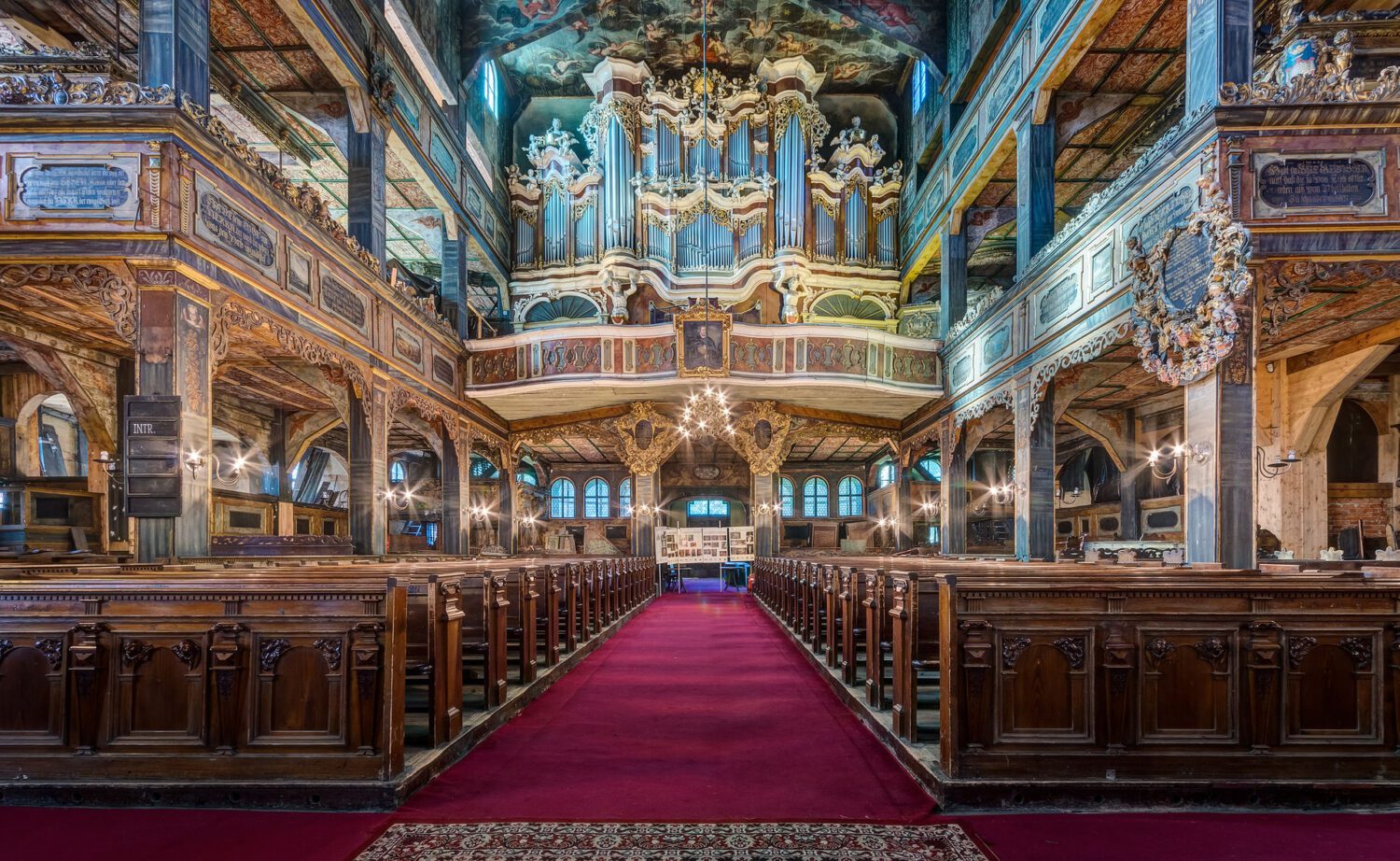
Albrecht von Säbisch
The project was handed to architect and engineer Albrecht von Säbisch who had the difficult task of meeting the requirements of the large Evangelical community whilst also adhering to the caveats imposed on the construction of the churches.
The architect created a set of buildings that represented the pinnacle of timber-framing construction technology and architectural solutions. The Churches of Peace are the largest timber-framed Baroque ecclesiastical buildings in Europe and were built to a scale and complexity unknown in European wooden architecture before or since.

Albrecht von Säbisch used traditional materials and technologies and despite the impermanence of the materials used, the building survived for hundreds of years.
Jawor
The Church of the Holy Spirit in Jawor was built in 1654–1655 as a rectangular three-aisled basilica with a three-sided chancel of reduced form.
Świdnica
The Church of the Holy Trinity in Świdnica was built in 1656–1657 as a three-aisled basilica with a Greek cross ground plan. The third of the Churches of Peace allowed under the Peace of Westphalia was built in Głogów in 1652 but burned down a hundred years later. Since 2001, the two remaining churches are listed as UNESCO World Heritage Sites.
FAQ
Here are some common questions and answers that you might find helpful:
Q: Where are the Churches of Peace located?
A: The two Churches of Peace (Jaworska and Świdnicka) are located in the Lower Silesia region of Poland, in the towns of Jawor and Świdnica, respectively. Both are located in southwestern Poland.
Q: When were the Churches of Peace built?
A: The Church of Peace in Jawor was built between 1655 and 1657, while the Church of Peace in Świdnica was built between 1657 and 1666.
Q: What is the history of the Churches of Peace?
A: The Churches of Peace were built as part of the Treaty of Westphalia, which brought an end to the 30 Years War (1618-1648) in Europe. The treaty granted the Protestants of Silesia the right to build three wooden churches, as a counterbalance to the Catholic churches in the region. The Jawor and Świdnica churches are two of the three that were built. They are some of the largest wooden religious buildings in Europe and are considered architectural and engineering masterpieces of their time.
Q: What can I see on a visit to the Churches of Peace?
A: Visitors can explore the interior of the churches and admire the intricate woodwork and the beautiful frescoes and paintings that adorn the walls and ceilings. You can also see the organ, pulpit, and altar.
Q: Are the Churches of Peace open to visitors?
A: Yes, both churches are open to visitors, but please check the official website for current opening hours and potential restrictions.
Q: How long does a visit to the Churches of Peace last?
A: A visit to the Churches of Peace can last anywhere from 30 minutes to 1 hour, depending on how much you want to explore and learn.
Q: Are there any special requirements to visit the Churches of Peace?
A: There are no special requirements to visit the Churches of Peace, but visitors should be aware that photography inside the churches is not allowed.
Q: Are there any other things to do in the area?
A: Both Jawor and Świdnica are historic towns with charming old town squares and many other interesting buildings, monuments, and museums to visit. The area is also great for hiking and biking. The region is also famous for its culture of glass making and it is worth visiting some of the glassworks and museums to learn more about it.
Recommended Tour
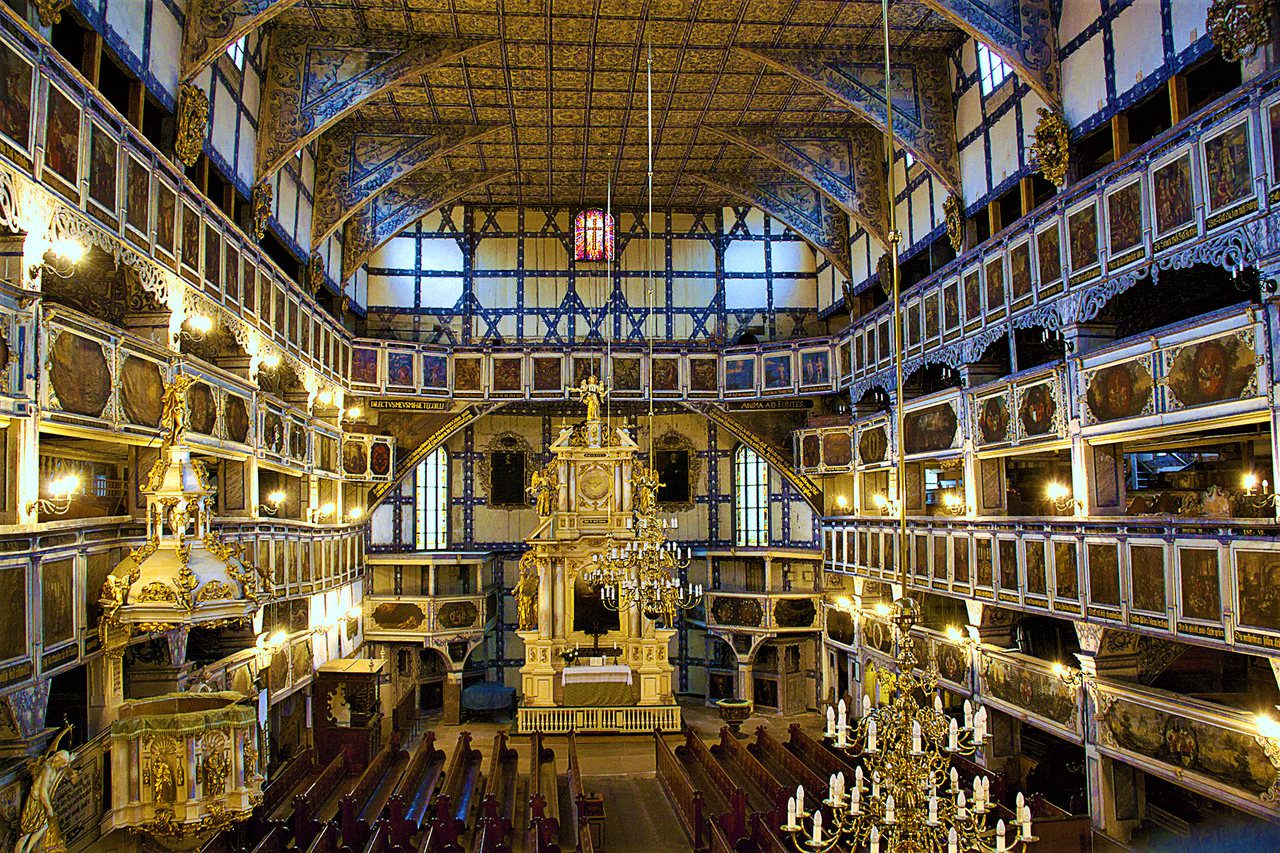
What to expect from this tour
Highlights
- Observe the production process of Boleslawiec pottery and visit the factory store
- Learn about how the pottery is decorated by hand
- See the majestic wooden Church of Peace in Jawor, a UNESCO World Heritage Site
Description
The first recorded history about pottery activities in the Bolesławiec region date back to the end of the 14th century. Since then, the region became know as a very important area of pottery production. Visit one of the best local manufacturers observing the skilled workers at the different stages of production.
Especially spectacular is the decoration, all of which is done by hand with special stamps with the emblematic pattern called peacock's eye. Afterwards, there is some time for shopping before heading to the next stop, a local restaurant for lunch.
On the way back you will have a chance to see one of the biggest wooden churches in Europe. The outstanding Church of Peace in Jawor was built during the socio-political context of the 17th century during the religious wars and persecution of the Protestants. It was constructed under very strict regulations and it is now a UNESCO World Heritage Site.
Includes
- Entrance and visit to Bolesiawiec Manufature
Entrance to the Church of Peace in Jawor
